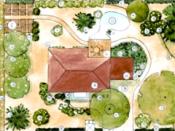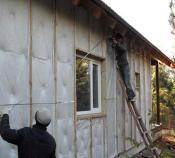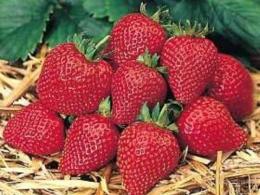Search
Login
Strawberries: new high-yielding varieties, preserving strawberry plantings in winter
Delicate, juicy, fragrant strawberries have long been the most popular attribute of a summer cottage. In addition to a pronounced taste, this berry has a lot of useful properties and contains a lot of vitamin. Brightly colored berries have in their composition a whole complex of antioxidants, B and C vitamins, as well as elements such as calcium, iron, manganese and much more. The energy value of strawberries is very small and it can be consumed without fear even being on the toughest diet.
Content
- Strawberry Varieties
- Repair Strawberry
- Strawberry - Spring Care
- Preparing Strawberries for Video Breeding
- Summer care go how to grow strawberries with large berries
- A good strawberry crop? Easy peasy! video
- Autumn-winter strawberry care
Strawberry Varieties
In order to get a rich harvest of strawberry berries, it is necessary to plant varieties that will bear fruit abundantly throughout the summer season. The choice of varieties is very wide and varied, but the most popular and proven years of planting are just a few species.
Kimberly. One of the earliest strawberry varieties, which gives an abundant crop of brightly colored berries. The bush is low, squat. Berries reach a weight of 50g. The taste is pronounced, sugar. To remove a plentiful harvest, this variety must be abundantly watered and periodically fed. The extra mustache must be pinched.

Zenga Zengana. Variety bred in Germany and perfectly acclimatized in Russian conditions. Refers to mid-early varieties of strawberries and is very well adapted to temperature extremes. The only thing that suffers is bad too much heat.
Fruits abundantly and gives a yield of up to 2 kg of berries from one m2 of plantings. Early planting in open ground does not harm the bushes, since even if they come under sudden spring frosts, this variety is able to regenerate and grow again, provided that at least one intact branch is preserved.
Bushes are tall. The berries are bright, dark red. The taste and aroma are pronounced.
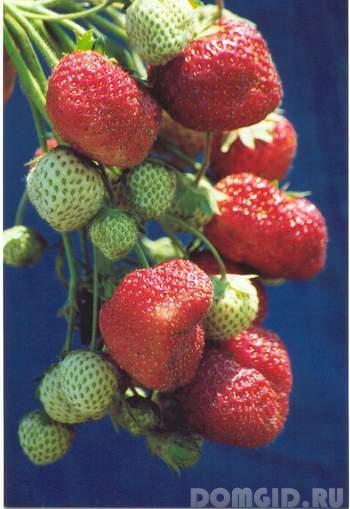
Elsanta. The Dutch variety, which is a hybrid obtained by crossbreeding. It is considered a medium early variety. Mustache and rosette forms a little. When growing requires frequent watering, it is not demanding on top dressing. The berries are bright and varnished, so shiny they look. Taste great magnificent sweet and aromatic fruits are not without reason very popular among summer residents.
Elsant is not recommended to be planted too early, as she does not tolerate frost. It feels best when landing in film tunnels. Also, when describing a variety of strawberries, it is often indicated that it tolerates transportation well and therefore it is often grown for sale.
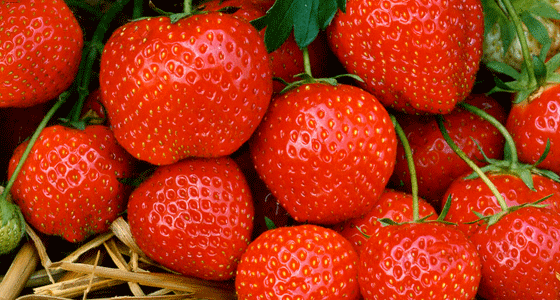
Repair Strawberry
Unlike ordinary varieties, bearing only once a season, remontant strawberries are able to please the crop twice. Repairing varieties are considered large-fruited and the weight of individual berries can reach 100g. However, in order to maintain a high proportion of berries, strawberries need to be looked after and fed on time. One of the most popular varieties of removable strawberries are:
Lyubasha is a frost-resistant variety that produces sweet and fragrant berries. The size of the fruit is average.
Festivalnaya - a variety giving an abundant harvest of large, juicy berries. Refers to mid-ripening varieties that give delicious berries. It is steady against frosts, rather unpretentious.
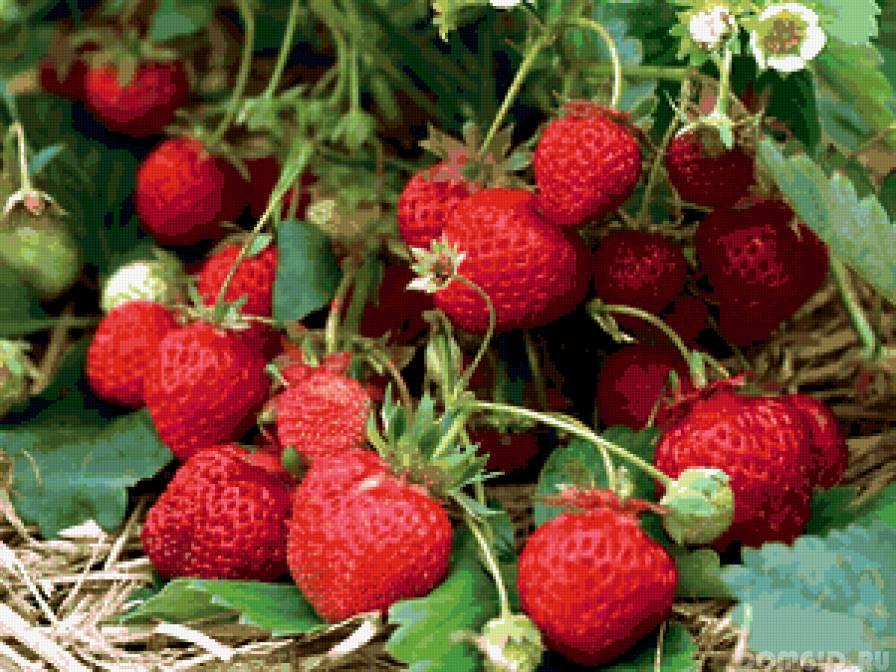
Irma - has powerful, large bushes on which rather large berries flaunt. It tolerates forced drought.
Arapaho - berries have a slight acidity. Since the age of two, each bush gives about 300g of berries. Perfect for winter workpieces.
Elizabeth II is a new variety of repair strawberries that can give a three-fold harvest in one season. The berries are sweet and large.
Dawn - the first fruits ripen extremely early and have a sweet and sour taste. This variety requires regular and plentiful watering.
Strawberry Spring Care
The main efforts spent on the care of strawberries occur in the spring. After wintering, the bushes need careful preparation for abundant fruiting.
Once the ground has thawed enough, it is necessary to revise the strawberry plantations. All dried and dead leaves, as well as frozen plants, must be removed. The soil between the bushes must be thoroughly loosened to not only provide an influx of warm air to the roots, but the best warming of the soil with bright, spring rays.
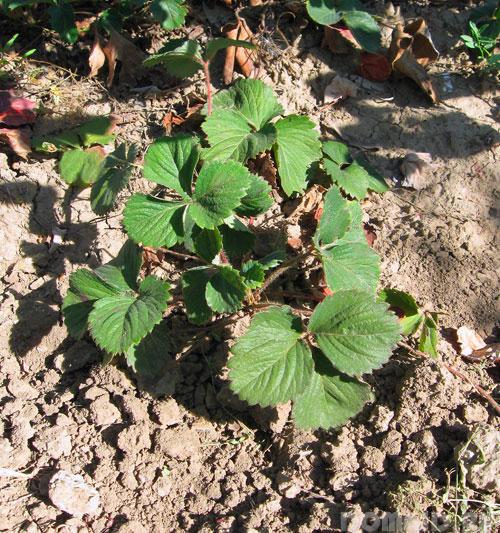
After loosening, nitrogen fertilizers should be applied to the beds and the soil should be dusted with sawdust or humus.
Before the first buds have blossomed, care must be taken to protect the bushes from various diseases. For this, both bushes and the soil under them are sprayed with a weak solution of copper sulfate.
During the appearance of the first tender leaves, a mullein solution is poured under each plant into which ammonium sulfate can be added.
The last spring work is carried out in May, just then you need to feed strawberries with mineral fertilizers.
Summer care or how to grow strawberries with large berries
First of all, to get an abundant harvest of large juicy berries, you need to remember one simple rule: strawberries do not like cold water! It should be watered in the mornings, with water that had settled for the previous day in the sun.
Weeding strawberry beds should be carried out regularly and weeds are ruthlessly removed.
In order to prevent excessive moisture loss and to avoid contamination of berries, the soil under the strawberries must be mulched. To do this, you can use chopped straw, sawdust or spruce needles.
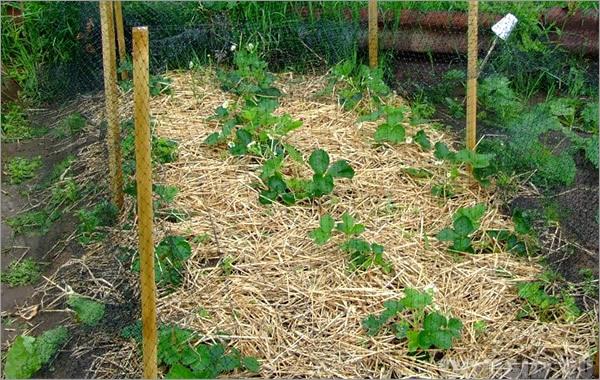
The main fertilizers are applied under the bushes in the spring, but in the summer strawberries also require additional top dressing. The main reason that this berry has to be constantly fed is the size of its fruits. Indeed, in order to get a large, juicy, sweet fruit from the soil, literally all the substances useful to them are pulled out.
In summer, nitrofosku or a special complex of fruit and berry mixture can be used as fertilizer. Top dressing is carried out in the middle or end of July, after the berries have already been harvested.
Processing of strawberries from pests is carried out as necessary.
Autumn-winter strawberry care
If fertilizers were applied under strawberries after harvesting, then in the fall there is no particular need to feed it again. It is only necessary to remove the fallen leaves and thoroughly loosen the soil. To protect against strawberry worm (the most dangerous and common pest for strawberry bushes), strawberries are treated with the following solution:
- 10l of water
- 2 tbsp. tablespoons finely ground soap dissolved in water
- 3 tbsp. tablespoons of oil (heavily refried)
- 2 tbsp. tablespoons of ash
- 2 tbsp. tablespoons of vinegar
Everything is thoroughly mixed and with this solution both the bushes themselves and the soil under them are processed.
The question of whether to cover strawberries for the winter or not is often asked by novice gardeners. The answer is, of course, yes! Weather conditions do not allow strawberries to endure cold winters without loss and it is simply necessary to protect it from temperature changes.
You can use an ordinary lapnik for shelter, with which bushes are laid and sprinkle it on top with snow (you can use needles). This method perfectly protects delicate plants from the cold.
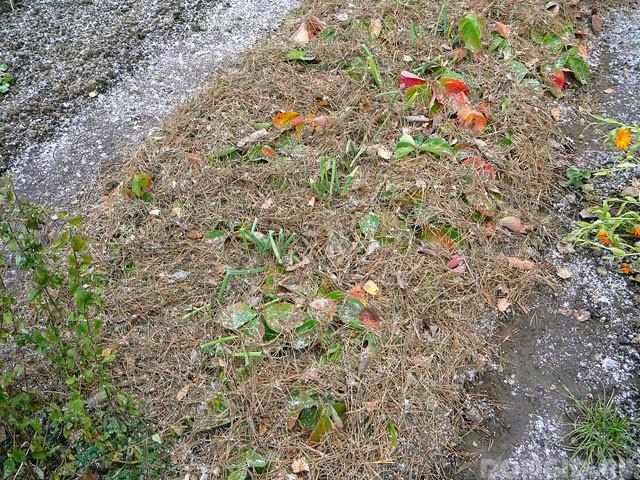
If you do not want to mess around with bulky branches and spend time on their preparation, you can purchase ready-made covering material such as Spandbond or Agril, under which the berries are perfectly wintered.
